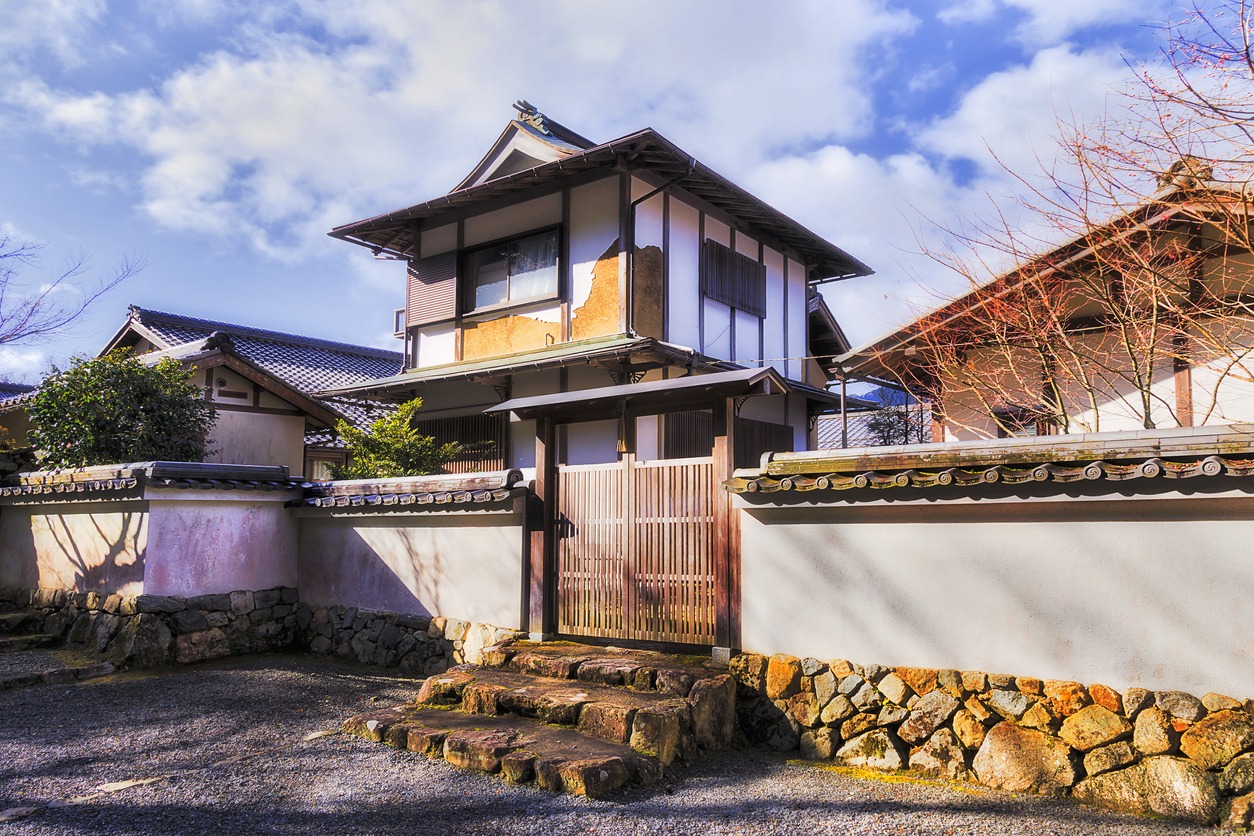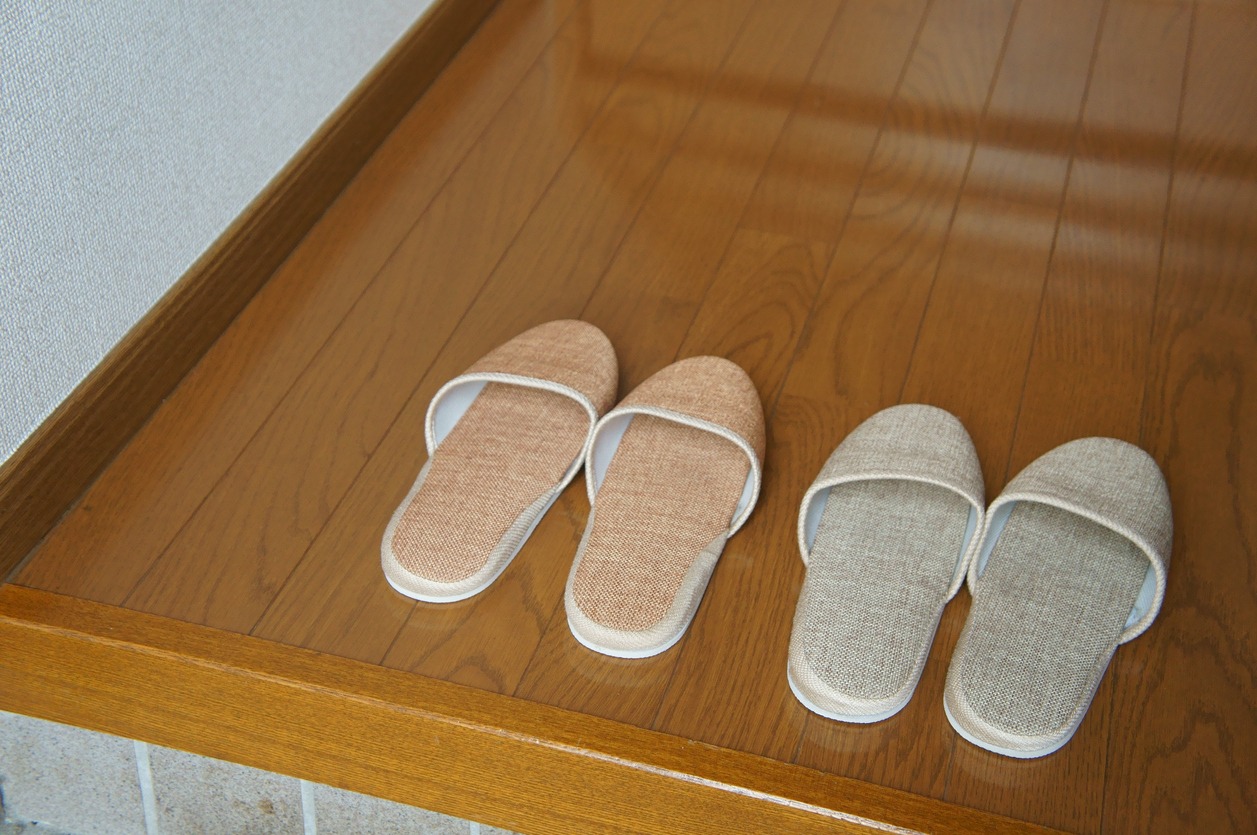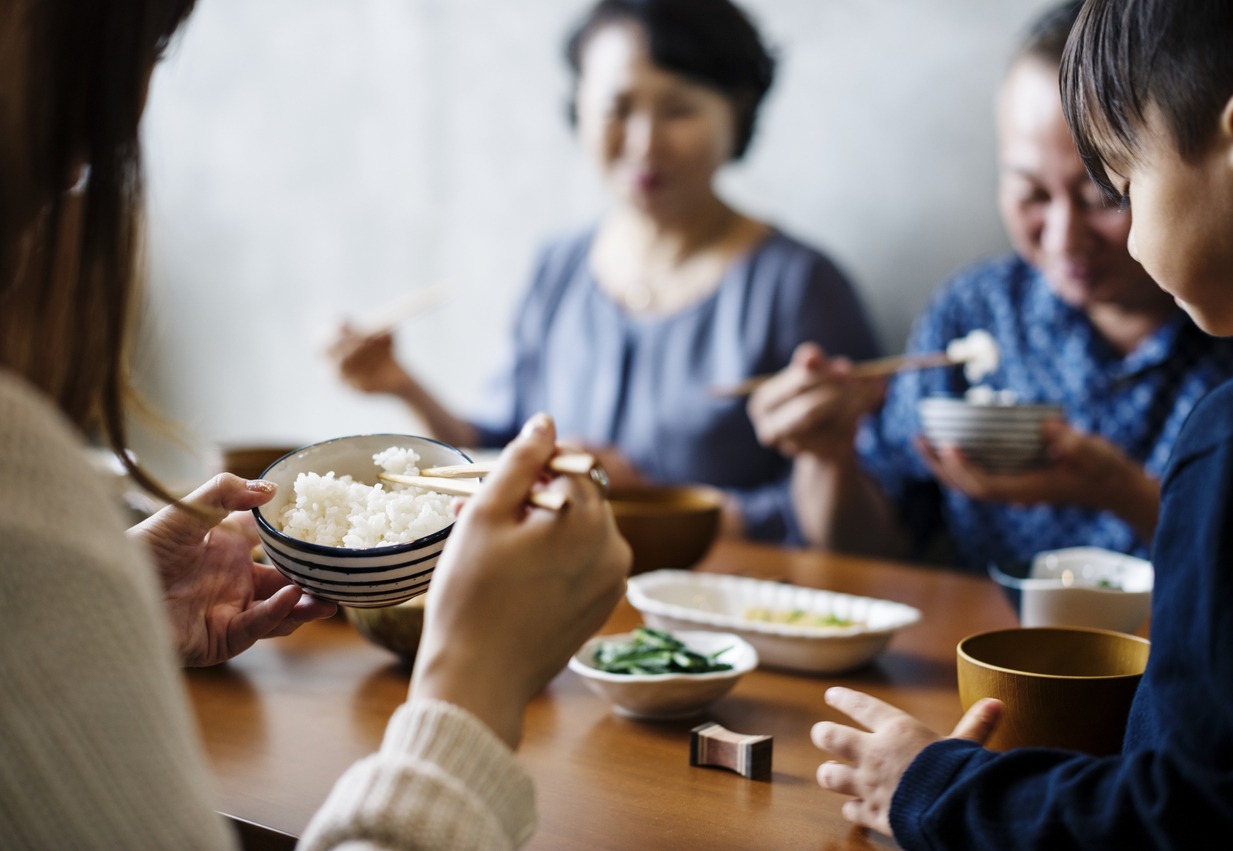Japanese people are known for their politeness and gratitude. They hold respect in high regard and deeply appreciate when others show respect while learning about their culture. When a Japanese person welcomes you into their home, it’s a special gesture, and being a good guest by following some basic rules of etiquette is crucial.
From the moment you step into the genkan until you bid your farewells, here’s a straightforward guide to visiting a Japanese household.
Arrive Promptly
When a Japanese family extends an invitation, showing up late can be seen as disrespectful. On the flip side, arriving excessively early isn’t ideal either, as they might still be getting ready for your visit. Aim to arrive as close to the agreed-upon time as possible.
Japanese hosts put a lot of effort into preparing for guests, so being on time is a way of showing appreciation for their hospitality. If unforeseen circumstances delay your arrival, make sure to contact your host and let them know.
Announcing Your Arrival
Walking in without acknowledging your host is impolite in Japanese culture. Instead, it’s customary to knock on the door and wait for the host’s invitation to enter. Expressing gratitude for the invitation is also good manners. A common exchange between the guest and host involves the guest saying “Ojama shimasu,” which loosely translates to “pardon the intrusion.” While this might seem counterintuitive, it’s a sign of respect to acknowledge the effort the host has put into preparing for your visit.
Leave Your Shoes at the Door
Just like throughout Japan, the first thing to do when you reach the front door at the genkan (entrance hall) is to remove your shoes. This practice is widespread in many Asian cultures to prevent outdoor dirt or germs from getting indoors, but it holds particular significance in homes with tatami flooring, like Minka houses. Tatami is woven straw and more sensitive to wear than other flooring types like wood or tile. Store your shoes in the getabako, a shoe cabinet, and typically, you’ll swap them for slippers. Make sure you’re wearing socks and keep your shoes orderly.
When you do take them off, it’s polite to point them toward the door. Additionally, avoid turning your back on your host while removing your shoes, as this is considered impolite.
Don’t Invite Guests Without Asking the Host First
In Western culture, it’s common to bring a significant other or a couple of friends to a social gathering or dinner with little formality. However, this isn’t a typical practice when visiting a Japanese home.
Your Japanese host may not have prepared for extra guests and might need to rearrange seating or make additional food if unexpected visitors join a meal. If you wish to bring a friend along, it’s considerate to ask for permission beforehand.
Wear Clean Socks and Proper Attire
When it comes to your attire, especially in a Japanese home, it’s best to avoid going barefoot or wearing sandals. Entering someone else’s home barefoot can transfer dirt, which isn’t polite.
Before going to a Japanese home, especially a traditional one, make to wear clean socks in good condition. The practice of removing shoes is not only observed in Japanese houses but also in some Japanese restaurants, places of worship, and historical buildings. In informal settings, going without socks might be acceptable, but in more formal situations, it’s best to have socks on. It’s generally considered poor etiquette, or even impolite, to go sockless during a formal visit to a Japanese home.
Also, refrain from wearing boots, as they can be cumbersome to remove and put on back. For women, avoiding tight skirts is advisable since they can make sitting on the floor or on a soft sofa uncomfortable. Dress modestly and conservatively when visiting someone’s home.
Wear Their Indoor Slippers
In many Japanese households, you’ll find slippers provided for guests for indoor use. They’re often placed in the “genkan,” an area near the entrance with two slightly elevated sections. One part is designated for removing outdoor shoes, and the other is where you put on slippers before entering the rest of the house.
The Genkan flooring is typically different from the rest of the entrance. When putting on slippers, make sure to wear clean socks if your outdoor shoes don’t have any. Some homes even have separate slippers for the bathroom, so be sure to switch to these when using the toilet.
Remember to leave your indoor slippers at the door and wear the toilet slippers only while using the bathroom. Keep in mind that areas with tatami mats traditional woven flooring, should not be entered with slippers. For more information on the fascinating features of a Japanese home, read our Interesting Facts about Japanese Houses.
Don’t Forget to Bring a Small Gift
In Japanese customs, it’s a thoughtful gesture for guests to bring a little something called “temiyage” or “omiyage” for their hosts. “Temiyage” can be translated as a “hand gift,” these gifts often consist of small treats like sweets or snacks. There are no strict rules for these presents, but consider using a “furoshiki” or a Japanese wrapping cloth to wrap your gift. Thankfully, many Japanese food items meant for gifting are beautifully packaged already, and most stores in Japan offer wrapping services to complement this tradition.
These gifts typically take the form of something edible that can be shared by the entire household. Japanese people also tend to buy souvenirs from the places they’ve visited, making these items excellent conversation starters. If you have small items from your home country to share, that’s a great starting point. If not, a quick visit to the nearest department store’s food section is a good place to find something suitable.
It’s customary to offer the gift as soon as you arrive, but if your gift is live flowers, it’s often given before entering. Avoid white flowers, as they are commonly associated with funerals.
As you give your gift, downplay its importance as much as possible. You might use a phrase like “tsumaranai mono desu ga,” which translates to “It’s only something trivial, but…” Your host may apologize for the trouble you’ve gone through to bring them something before accepting it. Avoid discussing its value, as this could be considered impolite.
Present the gift with both hands, such as holding a small box with both palms facing upward and the gift resting in both hands.
Wait for Seating Instructions
Once you’ve been ushered into the living room, it’s customary to remain standing until you’re directed where to sit. The concept of not occupying Grandpa’s favorite chair isn’t exclusive to Western households. In Japanese homes, it’s a matter of etiquette to refrain from sitting just anywhere. Instead, wait for your host to indicate where you should sit to avoid taking someone else’s cherished spot.
When it’s time to sit, whether for a meal or tea, you’ll typically find yourself at a chabudai (a low table) on the tatami floor, usually accompanied by a zabuton (a Japanese cushion). While sitting, adopting the “seiza” style, where you kneel with your legs tucked under you and the tops of your feet rest on the floor, is traditional. However, sitting cross-legged is also acceptable. Traditionally, women keep their knees together, while men have them slightly apart. If seiza becomes uncomfortable, you can opt to sit with your legs bent to the side or even crossed, if necessary.
Follow the Family’s Dining Customs
Many Japanese families have their unique dining rules concerning mealtime. Take a moment to observe how your host handles these aspects and follow suit.
Here are some common dining tips for Japanese meals:
- Your host may make a toast at the beginning of the meal, often accompanied by the word “Kampai,” similar to “cheers” in the West, especially when drinking sake. It’s customary to pour drinks for others, not yourself.
- You might be given an “Oshibori,” a wet hot towel, for hand cleaning. Use it strictly for your hands.
- Before your first bite, it’s customary to say “itadakimasu,” which roughly means “I humbly accept this food or meal.”
- When eating from small bowls, bring the bowl close to your mouth and use chopsticks to eat.
- Bowls of soup like miso are typically picked up and consumed directly from the bowl, while larger dishes are eaten from the table.
- When sharing food from a platter on the table, use the ends of your chopsticks that haven’t been in your mouth or another utensil to transfer the food to your plate.
- If you’re using chopsticks, return them to the chopstick rest (if available) once you’ve finished. If there’s no rest, lay them horizontally on your plate, not pointing toward other guests.
- It’s considered polite to allow the host to eat before the guests.
- Finishing everything on your plate is essential, especially your rice bowl. Leaving food behind is considered wasteful and impolite.
- In a formal setting, pace your eating so you don’t finish before others.
- When you’re done, return all bowls, plates, and lids to their original positions as they were when the meal began.
- After the meal, everyone says “gochisōsama deshita” to show appreciation before clearing the table.
- After finishing your meal, it’s considered good manners to offer help with clearing the table and washing dishes. While the host might not always accept your offer, it’s essential to extend it.
Show Appreciation to the Chef
In Japanese etiquette, it’s crucial to let the chef know you’re enjoying your meal. You can use Japanese words like “Oishii” and “Umai” to convey your appreciation. If you don’t express your satisfaction, your host may worry that you’re not enjoying the food.
Always Accept a Beverage Offer
It’s customary in Japan for hosts to offer guests a beverage as a warm welcome. Politely accept the drink and enjoy the company of your host. Sometimes, you might also receive snacks along with your beverage. If your temiyage gift happens to be food, it’s common for your host to share it with you while you enjoy your drink.
Be Courteous When Sleeping Over
When spending a night in a traditional Japanese house or a ryokan, which is a traditional Japanese inn, you’ll likely sleep on a futon, a thin mattress placed on the floor. If you’ve spent the night, remember to tidy up your sleeping area (fold the sheets and futon), express gratitude to your host, and conclude your stay with an “ojamashimashita” (sorry for the intrusion). You might even be invited back by following these simple guidelines, engaging in pleasant conversation with the family, and leaving a positive impression.
Put Away Your Phone
In Japanese culture, using your phone during a social visit is not common. Excuse yourself briefly if you need to attend to something urgent, like making a call or sending a quick text. Engage with your host and other guests, making a genuine effort to connect with them. Being engrossed in your phone might give the impression that you’re bored and missing out on the opportunity to immerse yourself in their lives and culture.
Don’t Overstay Your Welcome
Avoid overstaying your welcome after a meal. Your hosts may offer you a drink or engage in conversation, so pay attention to their cues. Japan is a high-context country, so hosts usually don’t directly ask their guests to leave their homes. Becoming overly familiar with a host you don’t know well can be seen as disrespectful.
Conclusion
Remember that Japanese hospitality is deeply rooted in their culture, and your effort to follow these etiquette tips will be well-received. Being polite, respectful, and considerate is key to making a positive impression when visiting a Japanese house.



